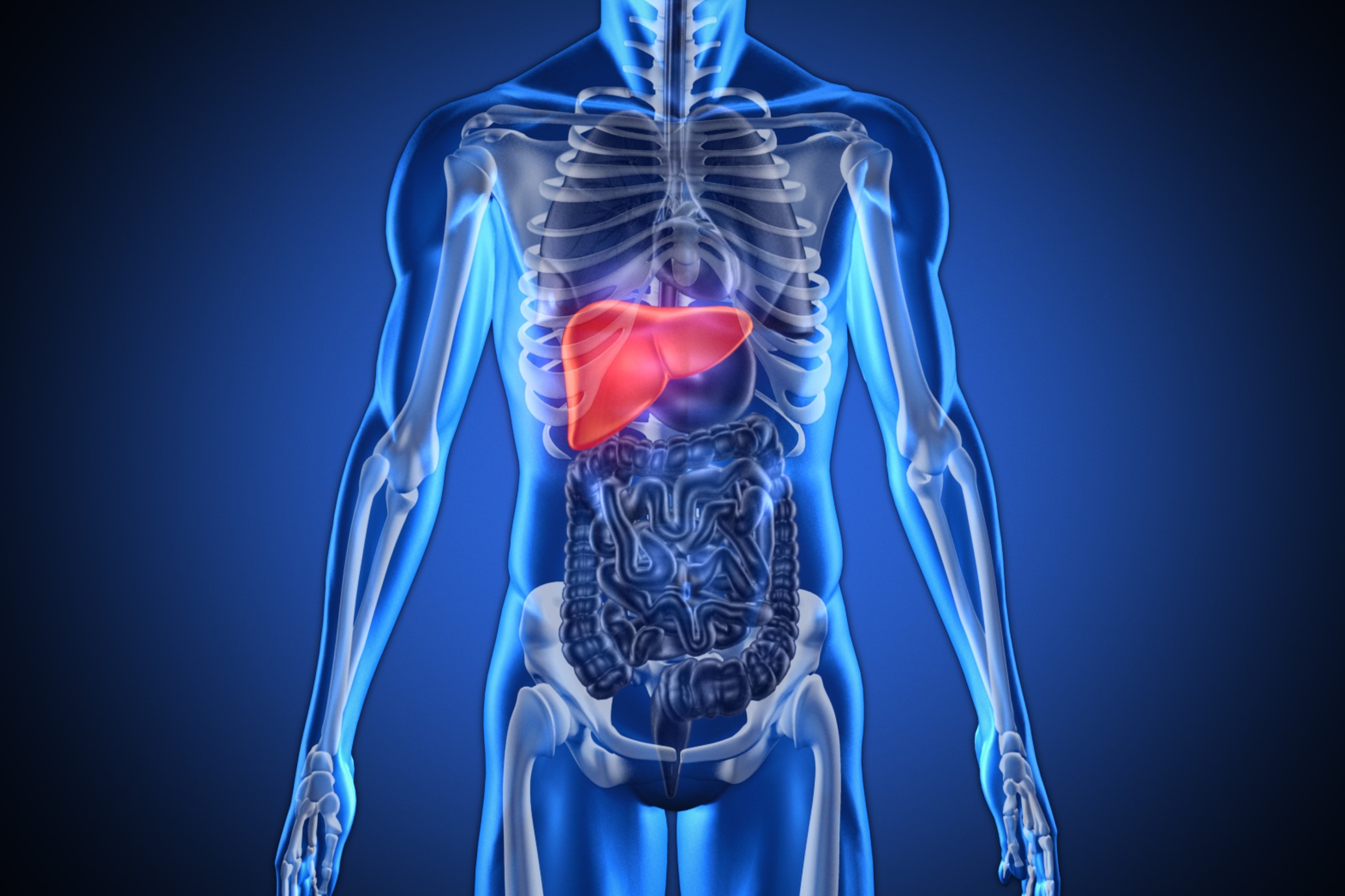
Hepatopathy: non-invasive tests to assess liver disease
The term chronic hepatopathy refers to all chronic inflammatory liver diseases that can lead to alterations in the structure of the organ, impairing its function to the point of complete malfunction
Causes of liver disease
The most common causes of chronic liver disease are:
- viral infection;
- alcohol abuse;
- metabolic syndrome determined, in turn, by the presence of overweight, dyslipidemia, diabetes mellitus, high blood pressure;
- autoimmune diseases;
- use of certain drugs or hepatotoxic substances.
From chronic suffering to liver fibrosis: the stages
Chronic liver disease evolves over time into liver fibrosis, which occurs when the liver attempts to repair and replace damaged cells with scar tissue.
This occurs in 4 progressive stages
- mild (grade 1): fibrosis is limited to the portal vein area;
- moderate (grade 2): fibrosis begins to spread, creating scarring nodules;
- medium (grade 3): fibrosis reaches the centre of the organ;
- severe (grade 4): the liver is permanently damaged and the scar tissue prevents it from functioning properly. This grade is known as cirrhosis of the liver.
Diagnostic techniques for assessing fibrosis: from biopsy to new shear-wave ultrasounds
While in the past invasive techniques, such as liver biopsy, were used to assess the degree of liver fibrosis, non-invasive tests are now available to assess the elasticity of the liver, which correlates with the degree of fibrosis.
These are ultrasound examinations using ultrasound, which are non-invasive, repeatable, free of side effects, and easy to perform in an outpatient setting.
The most widely used of these is transient hepatic elastography, better known as Fibroscan, a dedicated machine that has fully replaced liver biopsy and is able to assess the presence of liver cirrhosis.
This non-invasive diagnostic test is useful for the doctor to decide whether to treat the patient and how to monitor the progress of the disease.
Liver pathology: shear-wave elastography
Today, alongside the Fibroscan, other ARFI elastography techniques such as shear-wave elastography have been developed and widely validated.
This is a state-of-the-art technology that uses acoustic ultrasound scattering within the tissue.
Specifically, these ultrasounds diffuse into the tissue in different ways depending on the resistance they encounter and thus allow the assessment of liver elasticity which correlates with the degree of fibrosis in the liver.
This innovative methodology is integrated within a state-of-the-art ultrasound scanner.
This makes it possible to perform in the same session and with the same machine
- B-mode liver ultrasound;
- echocolorDoppler study of the liver and portal system;
- and numerical determination of liver stiffness.
How to prepare before the ultrasound
As this is a common ultrasound scan, it requires no specific preparation other than fasting for 8 hours.
For the patient it will be like a normal ultrasound of the abdomen.
Read Also:
Emergency Live Even More…Live: Download The New Free App Of Your Newspaper For IOS And Android
Hepatitis In Children, Here Is What The Italian National Institute Of Health Says
Acute Hepatitis In Children, Maggiore (Bambino Gesù): ‘Jaundice A Wake-Up Call’
Nobel Prize For Medicine To Scientists Who Discovered Hepatitis C Virus
Hepatic Steatosis: What It Is And How To Prevent It
Acute Hepatitis And Kidney Injury Due To Energy Drink Consuption: Case Report
The Different Types Of Hepatitis: Prevention And Treatment
Acute Hepatitis And Kidney Injury Due To Energy Drink Consuption: Case Report
New York, Mount Sinai Researchers Publish Study On Liver Disease In World Trade Center Rescuers
Acute Hepatitis Cases In Children: Learning About Viral Hepatitis
Hepatic Steatosis: Causes And Treatment Of Fatty Liver


